-
 Bitcoin
Bitcoin $113200
1.54% -
 Ethereum
Ethereum $4368
1.43% -
 XRP
XRP $3.022
4.23% -
 Tether USDt
Tether USDt $0.0000
-0.01% -
 BNB
BNB $883.5
0.92% -
 Solana
Solana $219.5
5.29% -
 USDC
USDC $0.9997
-0.02% -
 Dogecoin
Dogecoin $0.2411
3.66% -
 Cardano
Cardano $0.8908
5.48% -
 TRON
TRON $0.3349
0.94% -
 Hyperliquid
Hyperliquid $54.50
8.93% -
 Chainlink
Chainlink $23.73
5.54% -
 Ethena USDe
Ethena USDe $1.001
-0.01% -
 Sui
Sui $3.602
5.47% -
 Stellar
Stellar $0.3861
5.90% -
 Bitcoin Cash
Bitcoin Cash $585.1
-1.13% -
 Avalanche
Avalanche $26.09
4.37% -
 Hedera
Hedera $0.2325
5.06% -
 UNUS SED LEO
UNUS SED LEO $9.549
-0.23% -
 Litecoin
Litecoin $114.2
1.13% -
 Cronos
Cronos $0.2502
-2.95% -
 Toncoin
Toncoin $3.134
1.24% -
 Shiba Inu
Shiba Inu $0.00001307
4.10% -
 Polkadot
Polkadot $4.148
3.50% -
 Uniswap
Uniswap $9.759
3.47% -
 Ethena
Ethena $0.8495
11.24% -
 World Liberty Financial
World Liberty Financial $0.2188
3.76% -
 Dai
Dai $0.9997
-0.03% -
 Monero
Monero $271.7
0.21% -
 Aave
Aave $309.2
2.95%
What is a long squeeze and how does it happen in crypto futures?
A long squeeze in crypto futures triggers cascading liquidations as falling prices force leveraged longs to exit, amplifying downward momentum through automated sell-offs.
Aug 13, 2025 at 11:35 am
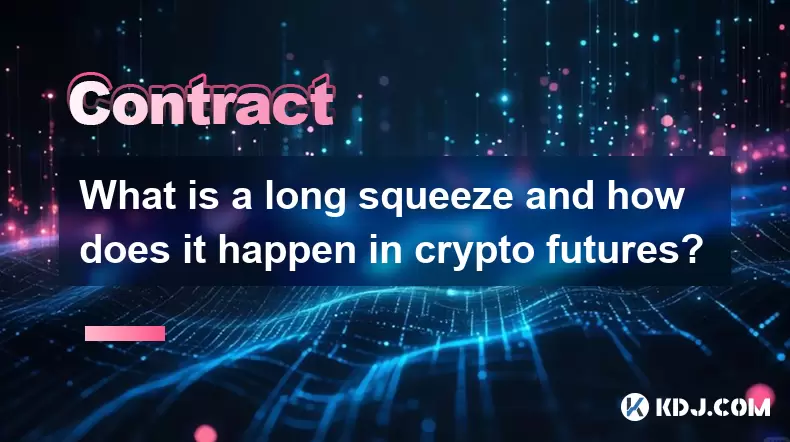
Understanding the Concept of a Long Squeeze in Crypto Futures
A long squeeze occurs when the price of a cryptocurrency rapidly declines, triggering a cascade of forced liquidations among traders who have taken long positions in futures markets. These long positions represent bets that the asset’s price will rise. When the market moves sharply in the opposite direction, leverage amplifies the losses, and exchanges automatically close out positions to prevent further debt. This mass liquidation fuels further downward pressure, creating a feedback loop that accelerates the price drop. The term 'squeeze' refers to the intense pressure on long holders to exit their positions, often at a loss.
In crypto futures trading, participants can use leverage—borrowed capital to increase potential returns. While leverage can magnify profits, it also increases the risk of liquidation. A long squeeze becomes particularly dangerous in highly leveraged environments, where even small price movements can trigger stop-loss mechanisms. The decentralized and volatile nature of cryptocurrency markets makes them especially prone to such events, with price swings occurring rapidly due to sentiment shifts, macroeconomic news, or whale activity.
Conditions That Trigger a Long Squeeze
A long squeeze does not happen in isolation. It typically follows a period of excessive bullish sentiment, where a large number of traders open leveraged long positions. This clustering of longs is visible through on-chain and exchange data, such as high long-to-short ratios or elevated open interest in long contracts. When the market reaches a resistance level or faces negative catalysts—like regulatory announcements or exchange outages—the upward momentum stalls.
At this point, a downward price movement, even if minor, can initiate the squeeze. Key triggers include:
- A sudden drop in buying volume
- Large sell orders from institutional traders or whales
- Negative news impacting market confidence
- Forced liquidations of margin positions
Once the price breaches critical support levels, automated liquidation engines on futures exchanges begin closing long positions. These liquidations are executed at market prices, adding more sell pressure. As the price continues to fall, more longs are liquidated, reinforcing the downward spiral.
How Liquidation Mechanisms Work in Crypto Futures
Futures exchanges use mark price and liquidation price calculations to determine when a leveraged position must be closed. The mark price is derived from the underlying spot price and is used to prevent manipulation. Each long position has a liquidation price—the price level at which the position’s margin falls below the maintenance threshold.
When the mark price reaches a trader’s liquidation price:
- The exchange automatically closes the position
- The trader loses their initial margin
- The system may charge a liquidation fee
For example, if a trader opens a 10x leveraged long on Bitcoin at $60,000 with a liquidation price at $57,000, a drop to that level will trigger closure. If thousands of traders have similar liquidation points, the market sees a concentrated sell-off at that price zone. This phenomenon is known as a liquidation cluster, and it acts as a magnet during volatile moves.
Exchanges like Binance, Bybit, and OKX display real-time liquidation heatmaps, showing where large volumes of long and short positions are vulnerable. Traders monitor these to anticipate potential squeeze zones.
Role of Funding Rates in Amplifying a Long Squeeze
Funding rates are periodic payments exchanged between long and short futures traders, designed to keep futures prices aligned with spot prices. When the market is overly bullish, funding rates turn sharply positive, meaning longs pay shorts. High funding rates signal an imbalance in market sentiment and can precede a correction.
During a long squeeze, these elevated funding costs add pressure on long holders. Traders paying high fees may choose to exit early, contributing to selling pressure. Moreover, when the price begins to fall, the shift in sentiment causes funding rates to drop rapidly, sometimes turning negative. This reversal incentivizes new short positions, further accelerating the decline.
Monitoring funding rate trends can help identify markets at risk of a squeeze. A sustained period of high positive funding, combined with high open interest in longs, is a warning sign. Platforms like Coinglass or Hyblock provide live funding rate data across exchanges.
Step-by-Step Breakdown of a Long Squeeze Event
To understand how a long squeeze unfolds, consider the following sequence:
- The price of Ethereum rises steadily over several days, attracting leveraged longs
- Open interest in ETH futures reaches a new high, with long positions dominating
- Funding rates become highly positive, indicating excessive bullishness
- A major exchange announces delisting of certain tokens, triggering panic
- The price drops 5% in 30 minutes, approaching key support at $3,000
- Liquidation engines begin closing longs clustered around $2,980
- Stop-loss orders and algorithmic traders execute additional sell orders
- The price plunges to $2,850 within an hour as cascading liquidations continue
- Short positions profit, and the market stabilizes only after most weak longs are cleared
Each stage feeds into the next, with leverage and automation playing critical roles. The speed of the event is amplified by the 24/7 nature of crypto markets and the global distribution of traders.
How Traders Can Identify and Respond to a Long Squeeze
Traders can use several tools to detect early signs of a potential long squeeze:
- Monitor long/short ratio on platforms like Bybit or Binance
- Analyze liquidation heatmaps to spot concentration zones
- Track funding rates for abnormal spikes
- Watch open interest trends—rising open interest during a price drop may indicate new shorts entering
- Use volume profile to identify areas of high trading activity
If a long squeeze appears imminent, risk management strategies include:
- Reducing leverage or closing long positions preemptively
- Setting stop-loss orders below key support levels
- Avoiding entry during periods of extreme funding rates
- Diversifying across multiple assets to limit exposure
Advanced traders may also use delta-neutral strategies or hedge with options to protect against downside risk.
Frequently Asked Questions
What is the difference between a long squeeze and a short squeeze?A long squeeze forces leveraged buyers to exit as prices fall, while a short squeeze occurs when rising prices force leveraged sellers to cover their positions. Both involve cascading liquidations, but they move in opposite directions.
Can a long squeeze occur in spot markets?No, a long squeeze specifically requires leveraged futures positions. In spot markets, traders can hold assets indefinitely without liquidation risk, so the mechanism does not apply.
How do exchanges benefit from a long squeeze?Exchanges earn liquidation fees and increased trading volume during volatile events. However, they do not control price movements. Their systems are designed to manage risk, not profit from squeezes.
Are long squeezes more common in certain cryptocurrencies?Yes, they are more frequent in highly volatile and low-liquidity altcoins. Assets like meme coins often exhibit extreme leverage and sentiment swings, making them prone to rapid squeezes.
Disclaimer:info@kdj.com
The information provided is not trading advice. kdj.com does not assume any responsibility for any investments made based on the information provided in this article. Cryptocurrencies are highly volatile and it is highly recommended that you invest with caution after thorough research!
If you believe that the content used on this website infringes your copyright, please contact us immediately (info@kdj.com) and we will delete it promptly.
- USDT0 & X Layer: Unifying Stablecoin Liquidity for a Seamless Web3 Experience
- 2025-09-09 22:45:15
- Dogcoin Mining: Turning a Meme into a Profit Source
- 2025-09-09 22:45:15
- Crypto Casinos, Bitcoin & Europe in 2025: Riding the Wave
- 2025-09-09 22:25:15
- OpenSea's SEA Token: Tokenomics, Treasure Chests, and the Future of NFT Trading
- 2025-09-09 22:25:15
- BBVA, Ripple, and Crypto Custody: A New Era for European Banking
- 2025-09-09 22:50:12
- Sky High Stakes: The USDH Bidding War Heats Up
- 2025-09-09 23:10:12
Related knowledge
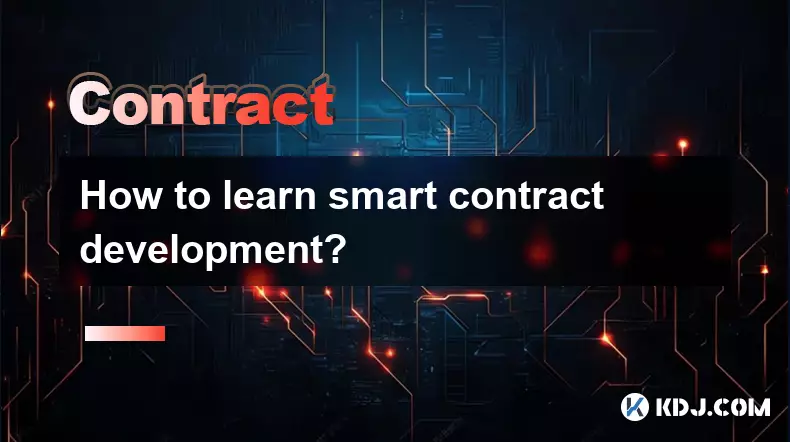
How to learn smart contract development?
Sep 09,2025 at 02:18am
Understanding the Foundation of Smart Contracts1. Smart contract development begins with a solid understanding of what smart contracts are—self-execut...
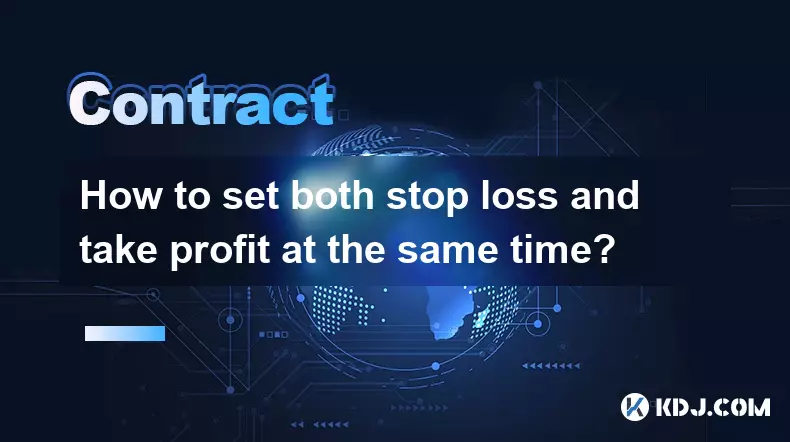
How to set both stop loss and take profit at the same time?
Sep 06,2025 at 04:36pm
Understanding Simultaneous Stop Loss and Take Profit Orders1. Placing both stop loss and take profit orders at the same time is a standard practice in...

What is copy trading for crypto futures?
Sep 07,2025 at 02:00am
What Is Copy Trading in Crypto Futures?1. Copy trading in crypto futures allows investors to automatically replicate the trades of experienced traders...
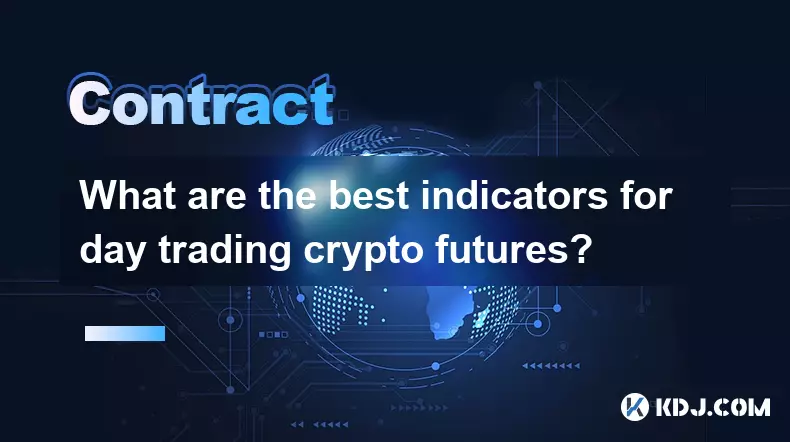
What are the best indicators for day trading crypto futures?
Sep 08,2025 at 10:18am
Top Technical Indicators for Crypto Futures Day Trading1. The Relative Strength Index (RSI) is widely used to identify overbought or oversold conditio...
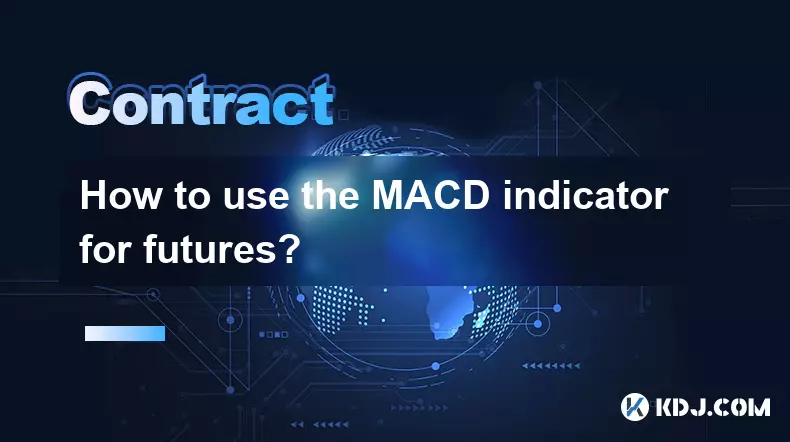
How to use the MACD indicator for futures?
Sep 07,2025 at 09:00pm
Understanding the MACD Indicator in Futures Trading1. The MACD (Moving Average Convergence Divergence) indicator is a momentum oscillator widely used ...

What to do if you are about to be liquidated?
Sep 06,2025 at 01:00am
Understanding Liquidation in the Crypto Market1. Liquidation occurs when a trader’s margin balance falls below the required maintenance margin, forcin...

How to learn smart contract development?
Sep 09,2025 at 02:18am
Understanding the Foundation of Smart Contracts1. Smart contract development begins with a solid understanding of what smart contracts are—self-execut...

How to set both stop loss and take profit at the same time?
Sep 06,2025 at 04:36pm
Understanding Simultaneous Stop Loss and Take Profit Orders1. Placing both stop loss and take profit orders at the same time is a standard practice in...

What is copy trading for crypto futures?
Sep 07,2025 at 02:00am
What Is Copy Trading in Crypto Futures?1. Copy trading in crypto futures allows investors to automatically replicate the trades of experienced traders...

What are the best indicators for day trading crypto futures?
Sep 08,2025 at 10:18am
Top Technical Indicators for Crypto Futures Day Trading1. The Relative Strength Index (RSI) is widely used to identify overbought or oversold conditio...

How to use the MACD indicator for futures?
Sep 07,2025 at 09:00pm
Understanding the MACD Indicator in Futures Trading1. The MACD (Moving Average Convergence Divergence) indicator is a momentum oscillator widely used ...

What to do if you are about to be liquidated?
Sep 06,2025 at 01:00am
Understanding Liquidation in the Crypto Market1. Liquidation occurs when a trader’s margin balance falls below the required maintenance margin, forcin...
See all articles
























































































